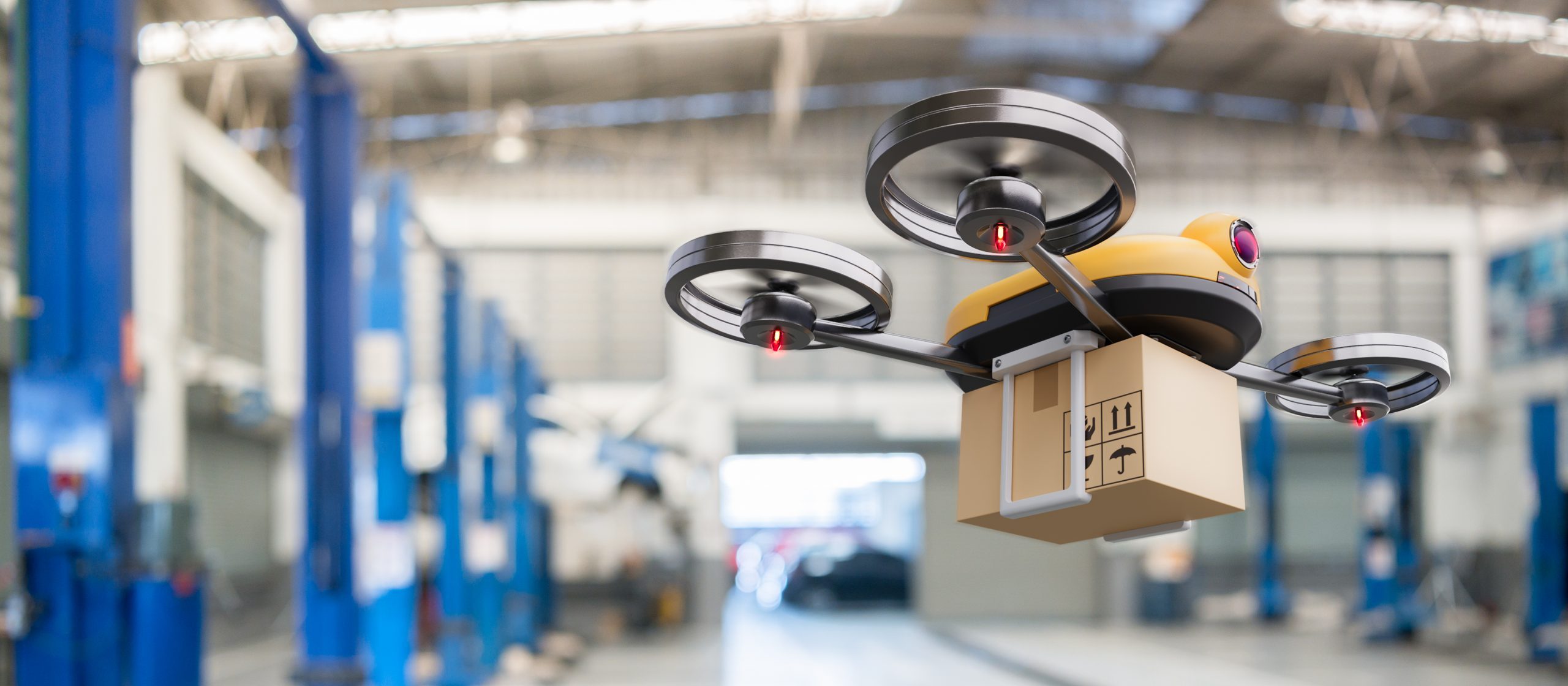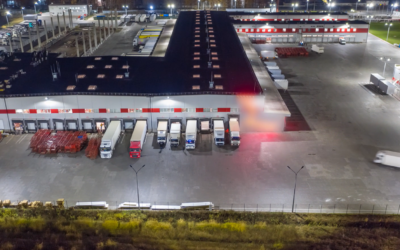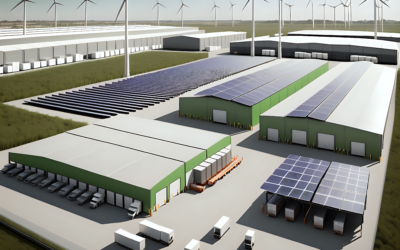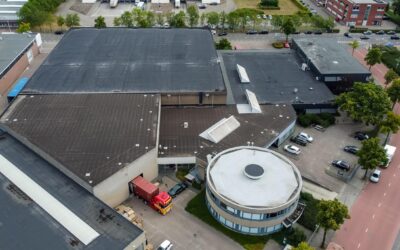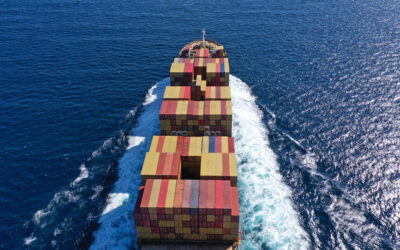The uses of drones started in the military and defense sector (for surveillance purposes) and later extended to civilian uses (entertainment, photography, fire fighting etc.). Now, step by step the turn has come to logistics, mainly for inventories or goods transportation.
Some companies, especially in the US, have already begun testing for use in the distribution of products to the end customer. The majority of experts assure that the use of drones in the logistics sector is very advantageous, although, to date, there are also many barriers for it to become widespread.
Drones in warehouse operations
Many logistics providers are leaning towards the adoption of autonomous technologies including drones. Their use enables a wide range of applications:
- Reduced operational and shipping cost, which is especially appealing in sectors where operations and shipping can account for respectively up to 30% and 50% of total logistics costs
- Faster last-mile deliveries, especially in urban areas with heavy traffic congestion
- Facilitated control of inventories and search for lost or misplaced merchandise in hard-to-reach spaces, which is now possible thanks to recent technological advances (visual based navigation) enabling indoor applications of drones. The use of drone increases the inventory accuracy while decreasing labor costs and risk of workplace injuries.
- Benefits for the environment thanks to reductions in urban traffic and CO2 emissions.
- Optimized maintenance assessment of infrastructure (loading docks, warehouse roofs…)
- Reduction of workforce requirements and equipment (drones can operate 24/7)
However, the high upfront cost including research and development is a clear limitation. In addition, the use of drones is presently limited by an underdeveloped legal framework with complex and multilevel challenges including the definition and assignment of air traffic routes adapted for drones. Another notable drawback is the limited carrying capacity of drones that prevents them from delivering larger volumes. Lastly, the roll-out of a drone program might be complicated by the technical specifications of warehouses that all have different structures, types of items stored, layout, size…
Early Adopters and Use Cases
Walmart using drones to manage inventory
Walmart, the US-American supermarket chain is a pioneer in using drones for inventory management. In 2018, the group tested for the first time the use of drones to manage its warehouse inventory more efficiently: the drones, which fly around their massive distribution centers, capture images in real time and flag misplaced items. Walmart says using the drones enables it to check inventory in about a day or less, down from from a month manually.
Flytrex and the case for drone delivery
Drone companies are signalling a new era of on-demand delivery. Case in point, the drone-delivery company Flytrex provides a direct-to-consumer autonomous drone delivery service that lets retailers cater to a wider customer base with a claimed faster, safer and cheaper on-demand delivery. Flytrex operates in North Carolina since May 2020, after getting an FAA approval to fly over populated areas. The service delivers orders from Walmart, McDonalrds, Starbucks and other local stores that are placed through a Flytrex application. The drones can carry up to 6.6 pounds and make five-mile (ca. 8 km) round trips. These specifications make them best suited to deliver food, drinks or lightweight essentials with minimal transit times often a key requirement.
Amazon and its airborne flying warehouse operated by drones
The e-commerce giant has filed a patent in 2016 for a giant flying warehouse acting as a launchpad for drones to deliver items rapidly in hard-to-reach city centers. These aerial warehouses would stay afloat with helium or hot air, claims the patent, and store an inventory that corresponds with whatever metropolitan city it is hovering above. Additionally, customers could even browse the list of items the specific airborne warehouse above them has in stock. Besides reducing the need to build ground-based facilities, warehouses in the sky would give it much greater flexibility: it could navigate to different areas depending on a variety of factors (weather, expected/actual demand)
It has become apparent that the use of drones brings about a variety of cost-effective solutions and promises vast simplifications in operative processes. Keeping in mind that all achievements to date are just the tip of the iceberg of this technical innovation, it will no doubt be interesting to see what developments the future has in store.
Warehouses will need to adapt to drone deliveries
As more drones take flight, changes inside and outside the warehouse will be needed. Facilities will need space for the drones to land, charge and get loaded for the next delivery. Incorporating charging points, roof hatches or sky lights, or more space outside for drone landing pads, may not only mean altering warehouse design but rethinking picking and packing operations, as well as shipping methods. Typically, operations inside facilities will have to shift from pallet loading to single-item loading.
One could logically think of the following characteristics for future-proofed warehouses with a high potential for drones:
- (flat) land and roof space to allow drones to land easily
- last-mile location, as drones do not (yet) have sufficient range to travel long distances
- single deep pallet rack as barcode scanning is not possible for double deep storage
The use of drones has become a widely discussed topic among supply chain players – the cost of scaling up and the regulatory framework remain unsolved issues. For the time being, drones are more likely to play a supporting rather than main role in the delivery process. With more pilot projects underway, the coming months will give more clarity as to how much drone deliveries will impact future logistics networks.
Sources
- CNBC
- ETH Survey
- Stock Logistics
- Supply Chain Dive
- Cargo-Partner
